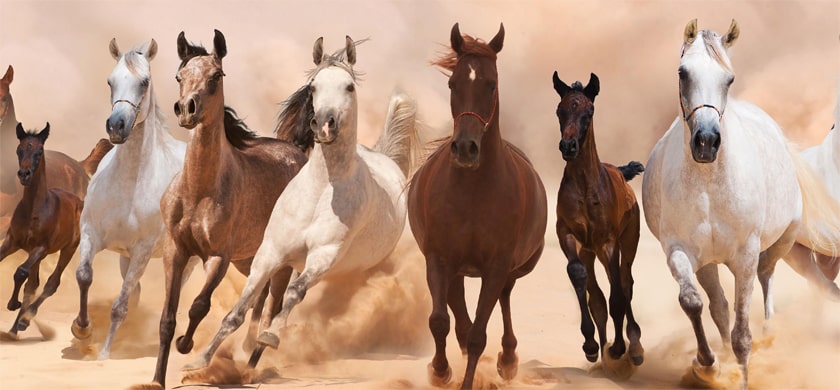Ego … and what to do with it?
What is Ego actually? In general we connect rather negative character traits such as greed, vanity, jealousy, pride, power craziness, et cetera with “Ego”. Words like egoist and egocentric emphasize this. So, one might think the “Ego” is something bad, right?
But, are those traits related to “Ego”?
The id, ego, and super-ego are a set of three concepts in psychoanalytic theory describing distinct, interacting agents in the psychic apparatus (defined in Sigmund Freud‘s structural model of the psyche). The three agents are theoretical constructs that describe the activities and interactions of the mental life of a person.
The “Id” is the instinctual component of personality that is present at birth, and is the source of bodily needs and wants, emotional impulses and desires, especially aggression and the libido (sex drive).
The “ego” acts according to the reality principle; i.e., it seeks to please the id’s drive in realistic ways that, in the long term, bring benefit, rather than grief.
The “super-ego” reflects the internalization of cultural rules, mainly taught by parents applying their guidance and influence.
Wikipedia
To visualize what is written above, I like to compare that “trinity” mentioned above with a horse …
When a horse is born it is still wild and untamed. It acts on instinct and responds to desires. This instinct / those desires are what is described above as “id“. If a horse stays untamed it might be exiting to observe in the wild, but it will be unpredictable and might bite or kick you when you come near. If you do manage to mount and stay on it, you will no longer be “in control” where you will go, you will be slave to the will of the wild horse.
If you wish to make use of a wild horse, you need to tame it. What methods you deem fit for it’s training program is defined by the “super-ego” (representing morals, norms, values through parenting, education, culture). You could see taming the horse as teaching the horse how it should react to it’s “id” (wild instincts).
Once the taming is done, horse and rider (your conscious self) need to learn to work together. As rider you use the reins for that. You could compare the “Ego” – that has to “mediate (steer) “between “id” (instincts) and “super-ego” (training/education) – with the rains.
I think – when looking at the “Ego” like this – we can conclude that “Ego” is neither good nor bad. What I am trying to say with the comparison is that we as rider should tame the horse and learn to master the “Ego“. If we fail to tame the horse and master the “Ego” with rains, then we are not in control, we are not the master of the horse, but are roles reversed and the will of the wild horse will enslave us.
Another (more spiritual) line of thought – somewhat related to this – is how in the Bhagavad Gita the relationship between the Body, Mind, Self and the Senses is described:
“The Body is the chariot. The five Senses are the chariot horses. The Mind is the rains, the Intelligence is the chariot driver, the Self is the chariot’s passenger. Everything perceived by the Senses (horses) are the chariot’s path.
In this line of thought the horses (senses) present the “id” and the Mind presents the “Ego“. Also there the “message” seems to be that one should use the rains to control the horses and steer the chariot.
Greed, vanity, jealousy, pride, power craziness, et cetera are the result of the lack of “taming” the “id” (and Senses) and/or a lack of mastering (using one’s Mind to control) the “Ego“, the Ego that then “gives into” / pleases the “id” in it’s desires. I think this is where the “negative image” of the Ego comes from. It is important to keep in mind that the “Ego” is not sharply separated from the “id“, they overlap.
Taming your desires and mastering one self requires real effort, can be a time consuming process and isn’t always easy. It is though a choice.


